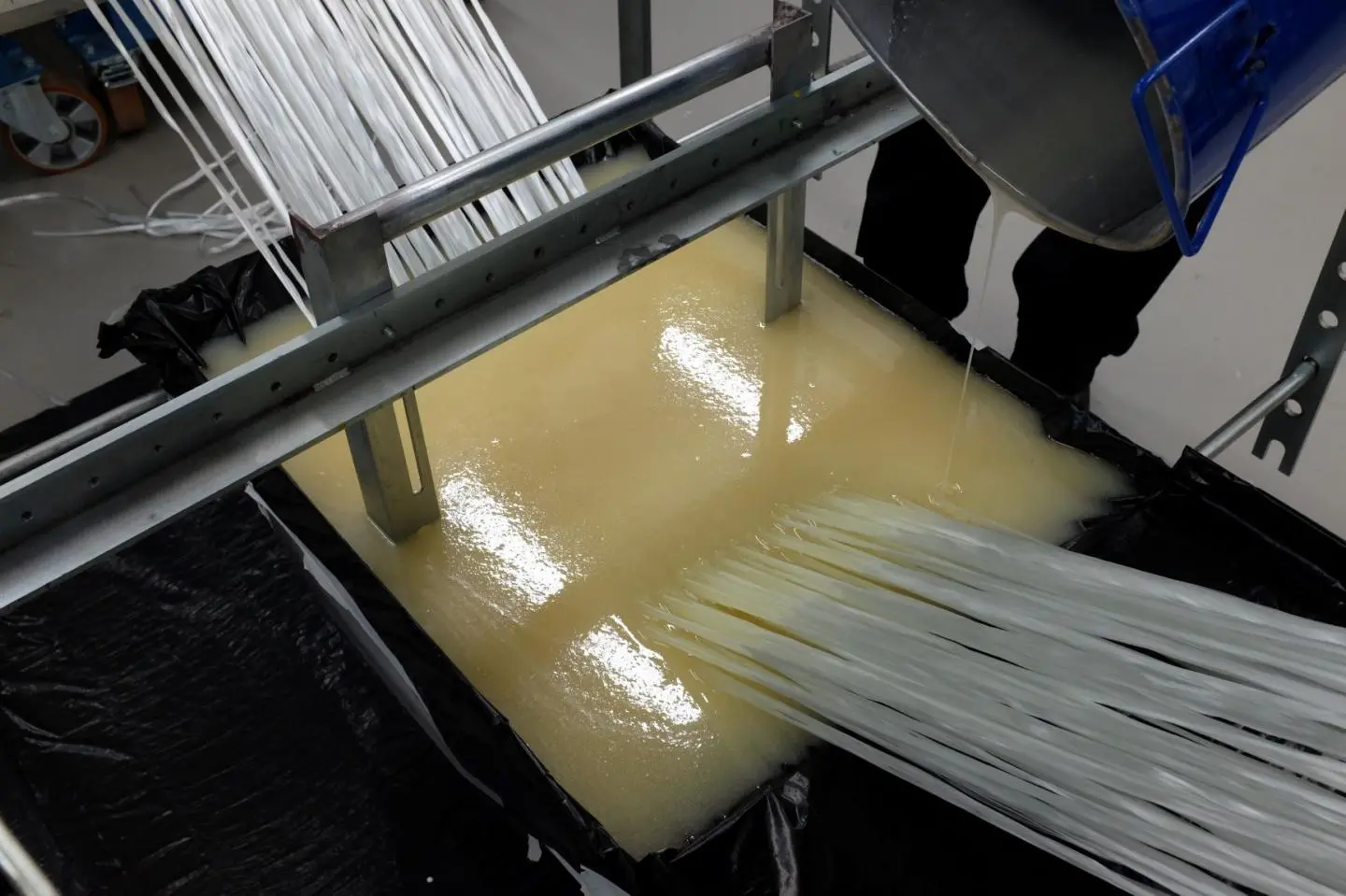Styrene (C8H8) is an organic compound formed by substituting one hydrogen atom of ethylene with a benzene ring. The vinyl group in styrene is conjugated with the benzene ring. It is insoluble in water but soluble in ethanol and ether. When exposed to air, styrene gradually undergoes polymerization and oxidation.
Industrial Applications
Styrene is a crucial monomer in the industrial synthesis of various resins, ion exchange resins, synthetic rubbers, and plastics. Its primary applications include:
- Polystyrene Production: Styrene is a key component in the production of polystyrene, a versatile plastic used in numerous applications such as packaging, insulation, and disposable containers.
- Styrene-Butadiene Rubber (SBR): It is widely used in the manufacture of SBR, a synthetic rubber commonly used in tires and footwear due to its abrasion resistance and durability.
- Expanded Polystyrene (EPS): Styrene is essential in producing EPS, a lightweight material used in packaging, insulation, and construction.
- Engineering Plastics: Styrene is copolymerized with other monomers to create various engineering plastics. For example:
- ABS Resin: Acrylonitrile-butadiene-styrene resin is used extensively in household appliances and automotive parts.
- SAN Resin: Styrene-acrylonitrile resin is known for its impact resistance and glossy appearance.
- SBS: Styrene-butadiene-styrene, a thermoplastic elastomer, is used as a modifier for PVC and polypropylene.
Additionally, styrene is used in pharmaceuticals, dyes, pesticides, and mineral processing industries.
Role as an Additive in the FRP Industry
In the FRP (Fiber Reinforced Plastic) industry, styrene plays several critical roles when used as an additive:
- Diluent: Styrene acts as a diluent, reducing the viscosity of resins. This facilitates better flow and impregnation of fiber materials during manufacturing, ensuring uniform coverage and strong interlaminar bonding.
- Reactive Diluent: As a reactive diluent, styrene not only reduces viscosity but also participates in the cross-linking reaction during the curing process. This helps form a robust three-dimensional polymer network, enhancing the mechanical and chemical resistance of the final product.
- Control of Curing Process: The addition of styrene allows precise control over the curing time of resins. By adjusting the styrene concentration, manufacturers can tailor the curing process to meet specific production needs and environmental conditions.
- Improvement of Product Properties: Styrene contributes to the enhancement of the end product’s properties, including increased impact resistance and surface gloss. In applications requiring transparent or high-gloss surfaces, styrene improves the aesthetic and functional qualities of the material.
- Cost-Effectiveness: Styrene is an economical additive that helps lower the overall cost of resin systems without compromising performance.
Chemical Information
- Chemical Formula: C8H8
- Molecular Weight: 104.15
- CAS Number: 100-42-5
- EINECS Number: 202-851-5
- Melting Point: -30.6°C
- Boiling Point: 146°C
- Water Solubility: Insoluble
- Density: 0.909 g/mL
- Appearance: Colorless, oily liquid
- Flash Point: 31°C
- Hazard Class: 33541
- Autoignition Temperature: 490°C
- Critical Temperature: 369°C
- Critical Pressure: 3.81 MPa
- Heat of Combustion: 4376.9 kJ/mol
- Vapor Pressure: 1.33 kPa (at 30.8°C)
- Thermal Expansion Coefficient: 0.00097 (K^-1)
We provide small samples free of charge, but you will need to cover the shipping costs.
We have our own technical department. After you test the sample, please provide us with your detailed requirements. We can adjust the resin accordingly to enhance the properties of your finished products.
Honestly, it depends on the quantity. We will do our best to create a production plan based on your estimated time of arrival (ETA).
For the first trial order, we require 100% payment upfront. For subsequent orders, we ask for 30% payment in advance and 70% payment after the buyer receives the B/L copy. We also accept L/C if needed.



